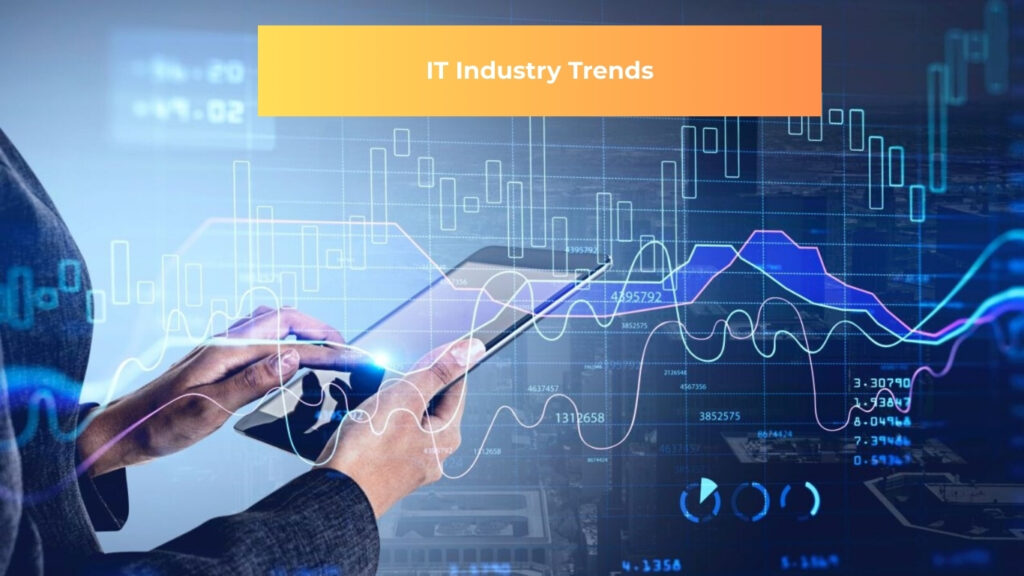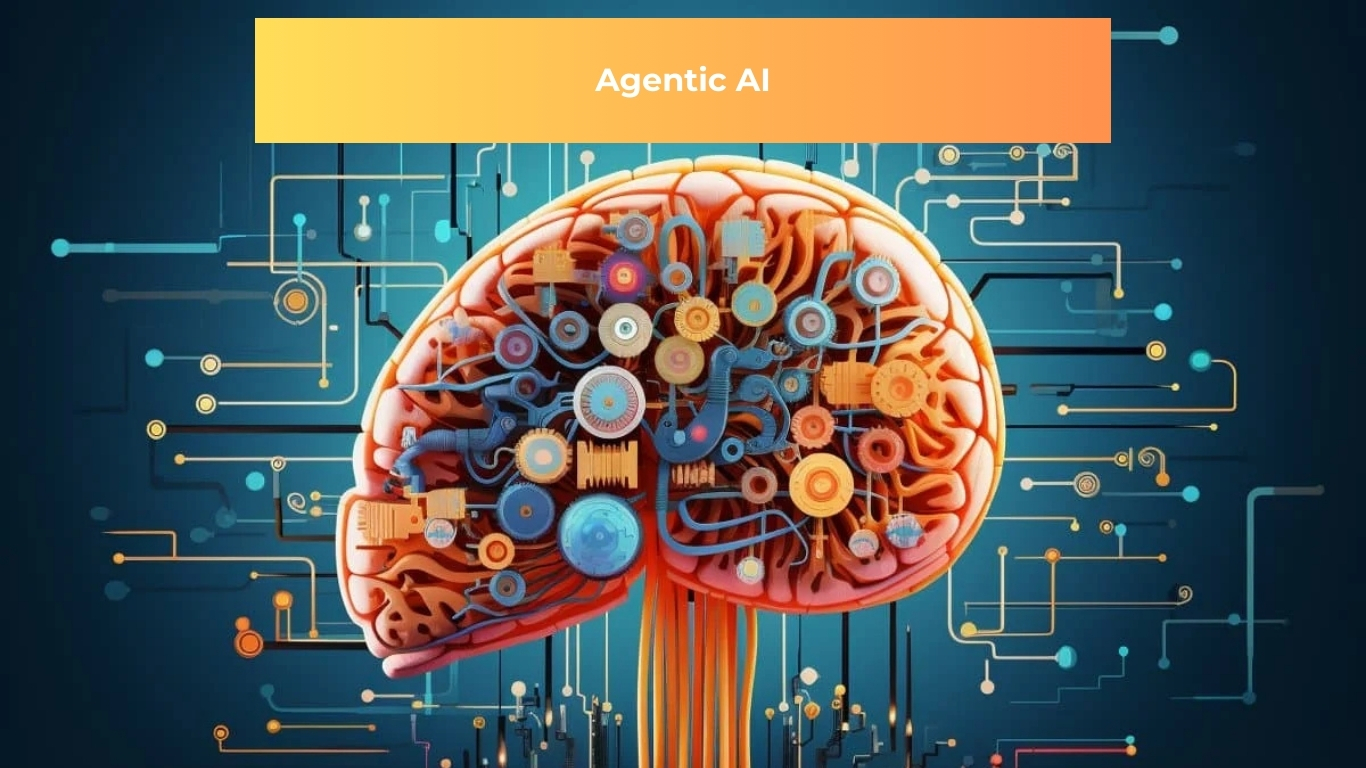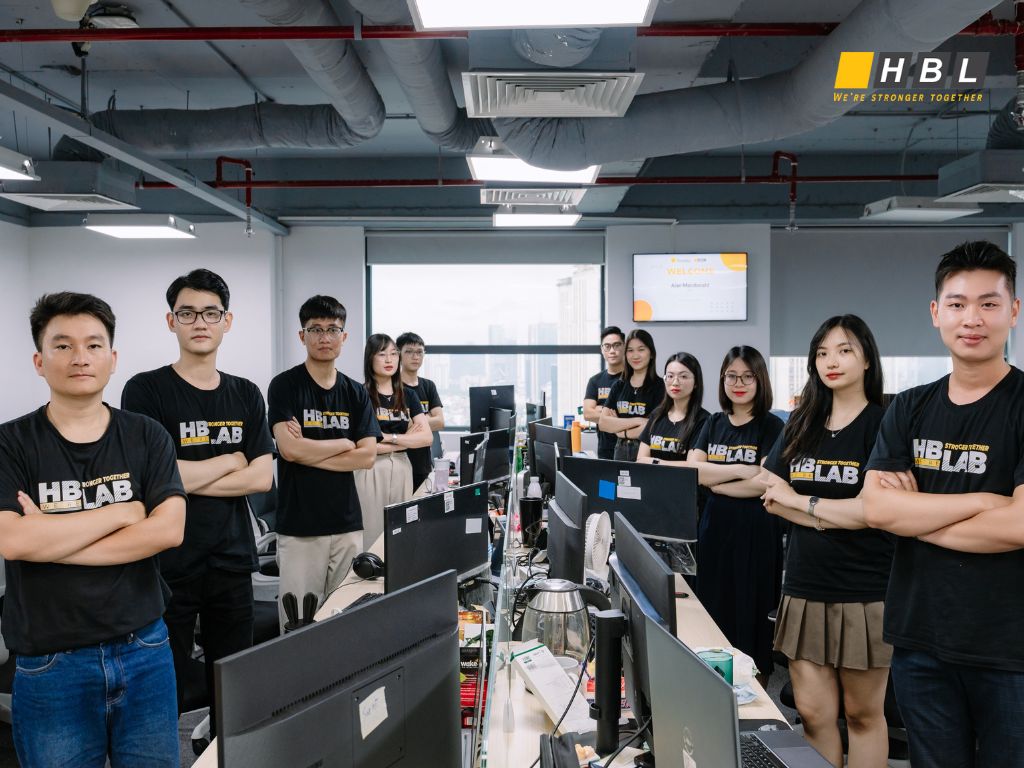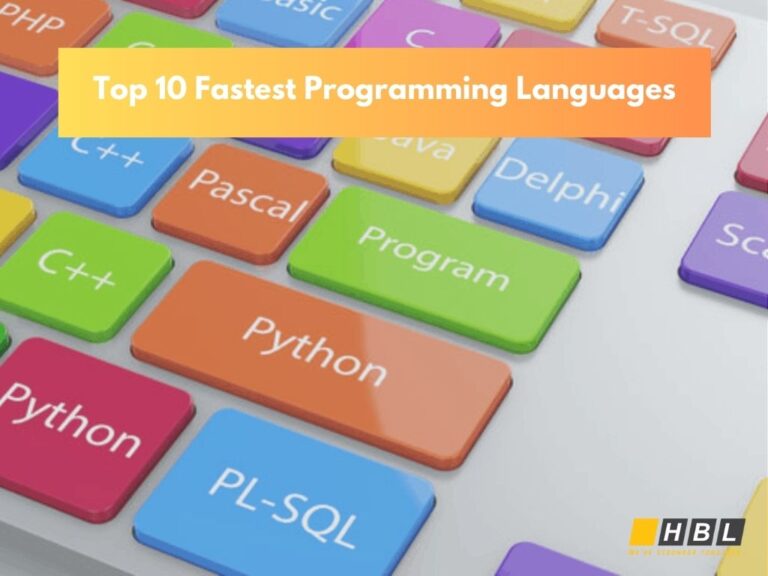Introduction
The IT industry continues to evolve rapidly, with technological innovation having a major impact on business and lifestyles. This momentum is expected to continue into 2025, with various IT industry trends attracting attention. Advances in AI, developments in cloud technology, and the growing popularity of blockchain and IoT will be key factors in enhancing a company’s competitiveness.
Additionally, demand is expected to increase in areas such as cybersecurity and digital healthcare .
However, behind the convenience brought by new technologies, there are also hidden issues such as ethical challenges and security risks.
In this article, we will introduce the latest trends in the IT industry that you should pay attention to in 2025, and provide detailed explanations of the future prospects and challenges of each.
Top 10 Latest IT Industry Trends for 2025
The IT industry is set to experience more rapid technological innovation than ever before in 2025. New developments are expected in areas such as AI , security, and environmentally friendly technologies, which will have a major impact on our lives and businesses.
Here, we’ll pick out 10 of the most noteworthy trends in the IT industry and explain their characteristics and future prospects in detail. Understanding these trends will help you understand the latest developments in this rapidly changing industry and prepare for the future.
Agentic AI
Agent-based AI (Agent AI) is attracting attention as a system that can make decisions and act autonomously. While conventional AI is a tool that requires human direction, this technology has the ability to independently plan and execute plans to achieve goals.
For example, in customer service, agent-type AI can instantly understand a customer’s question and not only provide the most appropriate answer, but also suggest additional relevant information.
This technology is also being applied to the manufacturing and logistics industries, supporting efficient schedule management and predictive maintenance. While agent-based AI can significantly improve business efficiency, ethical issues and concerns about excessive reliance on it have also been raised.
This calls for transparency and responsible design in development.
AI Governance Platform

As AI technology rapidly spreads, the importance of “AI governance platforms” that manage and control its use is increasing. These platforms provide a set of tools to ensure the ethical and legal use of AI.
Specifically, this includes auditing tools to ensure algorithm transparency and the ability to detect and correct bias.
In particular, in important fields such as healthcare and finance, where fairness and safety are required, the introduction of AI governance is essential.
This technology not only helps companies comply with AI regulations but also provides a competitive advantage for gaining consumer trust. However, the complexity and cost of governance remain issues, and there remain obstacles to widespread adoption.
Disinformation Security

In recent years, disinformation has become a social problem. The background to this is that information spreads so quickly that verification cannot keep up.
Disinformation security is a technology that addresses this issue, and is particularly important in areas with great influence, such as elections and large-scale events. This technology uses AI to quickly detect false information and issue warnings.
We have also introduced a system in collaboration with social media platforms to prevent the spread of false information.
👉 Get our in-depth IT communication guide now— Free to download.
It is also used by organizations and individuals to protect their brand and reputation. However, complete prevention is difficult, so it is recommended that it be used in conjunction with the promotion of information literacy education.
Post-quantum cryptography
Advances in quantum computers are increasing the risk of conventional cryptography being broken, which is why post-quantum cryptography is attracting attention.
This technology uses mathematical algorithms that are difficult to decipher even with a quantum computer, creating a next-generation security infrastructure. Research and adoption of this technology is progressing primarily among financial institutions and government agencies .
Post-quantum cryptography is also highly compatible with current infrastructure, meaning it can be introduced without major modifications to existing systems.
However, technical challenges remain before it can be put to practical use, and optimization of calculation speed and cost is particularly required. In the future, this technology will likely become essential for all digital services.
Intelligence that blends into the environment
Quote: Gartner
Environmental intelligence is a technology that seamlessly collects and processes data by utilizing sensors and smart devices embedded in our everyday and work environments. This trend is being made possible by advances in IoT (Internet of Things) technology.
For example, in smart homes, temperature and lighting can be automatically adjusted, and in office environments, efficient operation can be achieved by analyzing employee movements and usage patterns. The greatest feature of this technology is that information is collected and processed without the user even being aware of it.
While this has improved comfort and efficiency, privacy protection and security measures have become important issues. Companies must ensure transparency in data management and put in place mechanisms to give users a sense of security.
In the future, this field is expected to be applied to smart cities and healthcare systems, and will also be used to optimize urban functions and address the aging society.
Intelligence that blends into the environment is expected to attract even more attention as a future-oriented trend that combines technological innovation with the resolution of social issues.
Energy-Efficient Computing
Energy-efficient computing is a technology that aims to reduce the energy consumption of IT infrastructure . With data center power consumption increasing year by year and growing interest in sustainability, this trend has become an urgent issue for companies.
Optimizing energy usage will become even more important in the future, especially as the computing resources required for AI advancements and big data analysis are rapidly increasing. Specifically, the use of low-power processors and cloud computing is expanding, and renewable energy is being introduced.
Other initiatives include the use of AI in energy management systems and improvements to cooling efficiency. This is expected to reduce electricity costs while also reducing environmental impact. This technology also contributes to companies’ efforts toward the SDGs (Sustainable Development Goals), and is an important strategy for gaining support from environmentally conscious customers.
However, due to the burden of initial investment and the need to keep up with the speed of technological innovation, planned implementation is required. As system designs that take energy efficiency into consideration become standard in the future, it is expected that more companies will respond to this trend.
Hybrid Computing Paradigm
The hybrid computing paradigm is an approach that combines multiple computational models to achieve optimal performance. It integrates traditional CPUs and GPUs with emerging technologies such as edge computing and quantum computing, enabling flexible processing tailored to the application.
This method is particularly useful for large-scale data processing and real-time analysis. For example, in the medical field, it can contribute to real-time analysis of patient data and improve the accuracy of remote medical care.
In the manufacturing industry, AI can be used to control quality and optimize production schedules. Edge computing also reduces dependency on the cloud and improves processing speed and security.
However, introducing this technology also comes with the problems of increased system complexity and initial costs.
Therefore, companies need to plan for the long term. Even more powerful computing power is expected in the future, combined with the widespread adoption of quantum computing. Hybrid computing is gaining attention as a technology that will drive innovation across various industries.
Spatial Computing
Spatial computing is a technology that combines digital and physical spaces, and is a further evolution of AR (augmented reality) and VR (virtual reality).
This makes it possible to overlay digital information on the real world, providing users with an intuitive and immersive experience. This technology is being applied in a wide range of fields, including education, entertainment, and manufacturing. For example, at construction sites, blueprints can be visualized using AR, improving work efficiency.
In the medical field, it is also used for learning anatomy and simulating surgery, contributing to improved accuracy and training efficiency.
However, the widespread adoption of spatial computing requires improvements to the cost of devices and the user interface. Overcoming these issues is expected to lead to further applications in business, education, and medicine.
In the future, we will likely see more natural and intuitive operations become possible, and the boundary between the digital and real worlds will become even more blurred.
Multifunctional smart robot
Multifunctional smart robots are equipped with AI technology and advanced sensors, allowing them to flexibly perform multiple tasks, making them suitable for a wide range of industries, including manufacturing, healthcare, and the service industry.
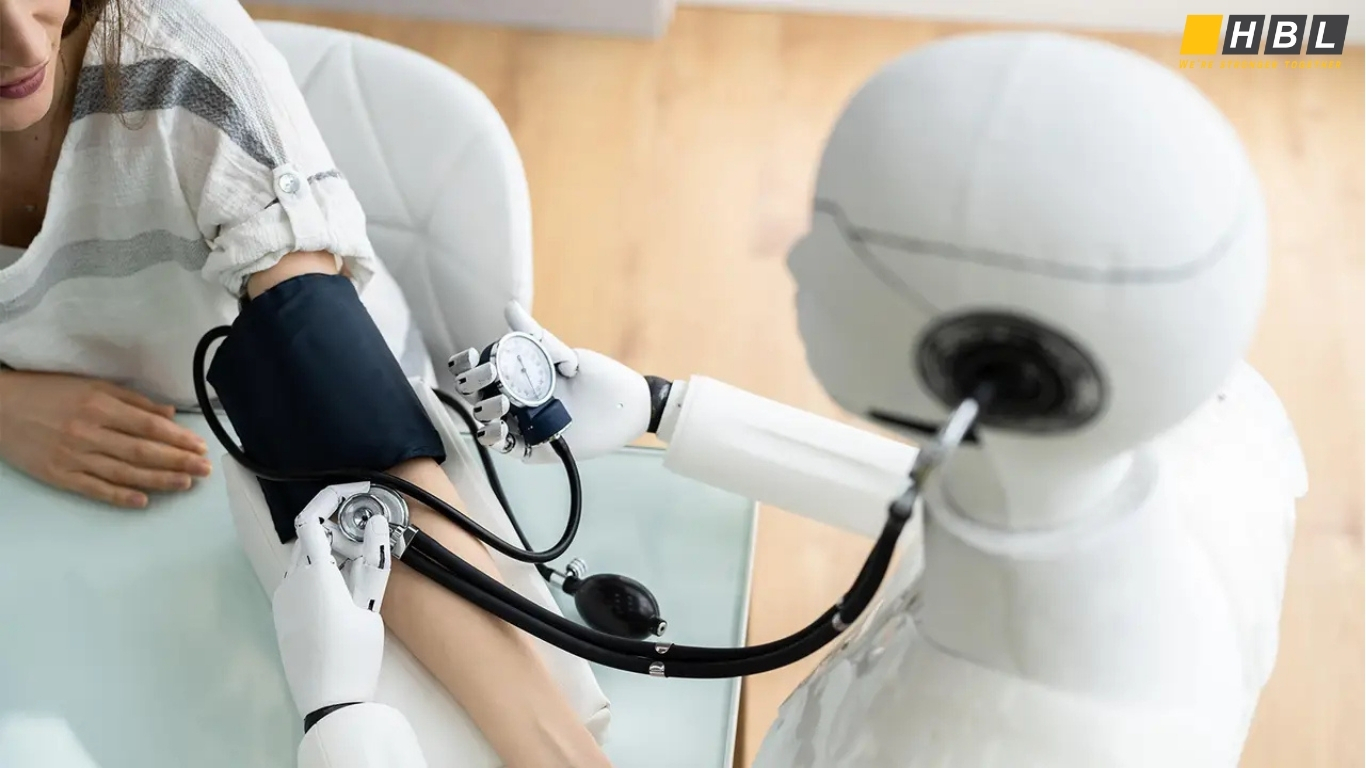
For example, in logistics warehouses, the picking and movement of goods can be automated to improve efficiency. These robots have the ability to make autonomous decisions, avoid obstacles, and analyze situations.
Furthermore, by utilizing AI learning functions, the robot’s performance improves while adapting to the environment in which it is used. In the future, it is expected that development will progress to meet a wider range of needs by strengthening remote control and collaborative functions.
This technology is not only expected to significantly improve productivity at work sites, but also to enable robots to take over dangerous tasks and respond to disasters.
Nervous system expansion
Neural augmentation technology is a field that connects the human brain with digital technology, with the aim of enhancing cognitive and physical abilities.
Specifically, examples include operating devices using brain waves and assisting limb control through neural interfaces. This technology also plays an important role as a support tool to improve the quality of life for people with physical disabilities.
Nervous system augmentation will also be applied to gaming and entertainment to provide more immersive experiences.
However, there are many ethical issues and privacy concerns, and regulations are needed to ensure safety and reliability. In the future, nervous system augmentation is expected to open up new possibilities, with applications in education and medical settings also in sight.
The future prospects of the IT industry
The IT industry is a field that is expected to continue to grow sustainably. Technological innovation will lead to the creation of new business models and services that will become deeply involved in the lives of companies and individuals. The development of technologies such as AI, IoT, and blockchain will not only help solve social issues and promote efficiency, but will also create new markets.
Furthermore, cybersecurity and data management will become increasingly important, leading to increased demand for technology.
This will ensure that the IT industry continues to be an essential part of social infrastructure.
IT demand will continue to expand in all fields
The IT industry, as a growth engine, sees expanding demand across all sectors, driven by AI and IoT advancements.
In manufacturing, the IT industry enables smart factories with automated systems.
In healthcare, the IT industry supports remote examinations and data analytics, while education leverages IT industry online learning platforms, and finance adopts blockchain for efficient transactions.
The structure of demand for human resources is changing
With the rapid development of the IT industry, the structure of human resource demand is also changing dramatically. Demand for engineers with specialized skills in AI and data analysis continues to grow.
There is also a demand for people with expertise in cloud technology and cybersecurity.
On the other hand, the spread of no-code and low-code tools has increased opportunities for non-engineers to be involved in system development. This change has increased the importance of personnel with not only technical skills but also creativity and a business perspective.
In the future, diversification and sophistication of skills will be key to the human resources market.
Future challenges for the IT industry
The IT industry, like a talent race, faces critical challenges as its rapid growth highlights pressing issues. The IT industry struggles with labor shortages and recruiting skilled engineers, impacting companies across the board. Implementing new technologies in the IT industry demands specialized knowledge and systems.
Labor shortage
The IT industry faces a chronic labor shortage, a major hurdle for growth. As the IT industry drives innovation in AI, cloud computing, and cybersecurity, demand for specialized talent surges. Yet, the IT industry struggles with education lagging behind, leaving companies short of skilled personnel. Startups and SMEs in the IT industry face intense competition from larger firms, increasing workloads and slowing development.
Challenges in recruiting engineers
The challenges in recruiting engineers are the increasing sophistication of required skill sets and the intensifying competition due to a talent shortage. Engineers with specialized knowledge in areas such as AI and data science are in high demand, and companies are competing for them in the recruitment market.
In addition, recruitment often becomes difficult when the company culture and job duties do not match the candidate’s values.
In addition, with the spread of remote work, there is an increasing need for companies to establish evaluation criteria and recruitment processes that differ from the traditional ones.
To overcome this situation, we need to create an environment where talented engineers can thrive in the long term by offering attractive employee benefits and a comprehensive career support system, as well as flexible working styles.
Issues with the introduction and use of IT
The challenges in introducing IT lie in the gap between technical hurdles and organizational culture. While many companies recognize the need for digitalization, there are many cases where they have not taken sufficient measures to ensure compatibility with existing systems or to address security risks.
Additionally, lack of IT literacy among employees and resistance to change are also factors hindering adoption.
For this reason, it is essential to have a comprehensive training and support system when introducing a system. In particular, when using cloud services and AI tools, educational programs are required to ensure operation proficiency and accurate data management.
Furthermore, rising operational costs and management burdens are also cited as challenges. To overcome these, it is important to work with a reliable IT partner to ensure smooth implementation and effective operation.
Summary: Navigating the IT Industry in 2025
This article delves into key IT industry trends shaping 2025, highlighting technologies driving innovation. The IT industry in 2025, like a digital frontier, will blend agent-based AI and post-quantum cryptography with challenges like talent shortages.
Addressing IT industry hurdles requires partnering with experts, leveraging low code no code platforms for cost-effective app development.
HBLAB utilizes cutting-edge technology and experience to support companies in their digital transformation. If you are a company looking to accelerate the use of IT and achieve sustainable growth, please contact us.
For more information about HBLAB’s AI solutions, please visit:
CONTACT US FOR A FREE CONSULTATION
Read More:
– What is Veo 3? Google’s Breakthrough Video AI Compared with 5 Impactful Business Use Cases
– Midjourney Made Simple: How to Use It, Explore Plans, and Discover 10 Brilliant Use Cases
– Master DALL-E 3: Complete Guide with Expert Prompt Examples
